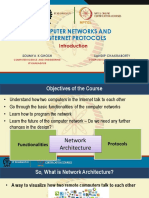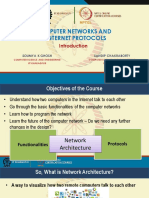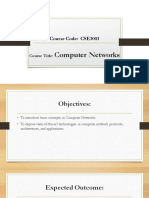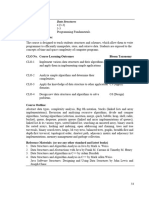0% found this document useful (0 votes)
8 views19 pagesEvolution and History Computer Network
The document is an assignment on the evolution and history of computer networking, submitted by Emran Al Mahmud to Md. Iftekharul Alam Efat at Noakhali Science and Technology University. It covers the introduction, objectives, early history, key milestones, types of networks, evolution of protocols, and modern trends in networking. The assignment emphasizes the significance of networking in transforming communication and technology in various sectors.
Uploaded by
sohorab.bsmrstuCopyright
© © All Rights Reserved
We take content rights seriously. If you suspect this is your content, claim it here.
Available Formats
Download as PDF, TXT or read online on Scribd
0% found this document useful (0 votes)
8 views19 pagesEvolution and History Computer Network
The document is an assignment on the evolution and history of computer networking, submitted by Emran Al Mahmud to Md. Iftekharul Alam Efat at Noakhali Science and Technology University. It covers the introduction, objectives, early history, key milestones, types of networks, evolution of protocols, and modern trends in networking. The assignment emphasizes the significance of networking in transforming communication and technology in various sectors.
Uploaded by
sohorab.bsmrstuCopyright
© © All Rights Reserved
We take content rights seriously. If you suspect this is your content, claim it here.
Available Formats
Download as PDF, TXT or read online on Scribd
/ 19




























































































